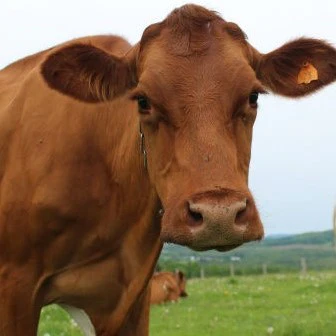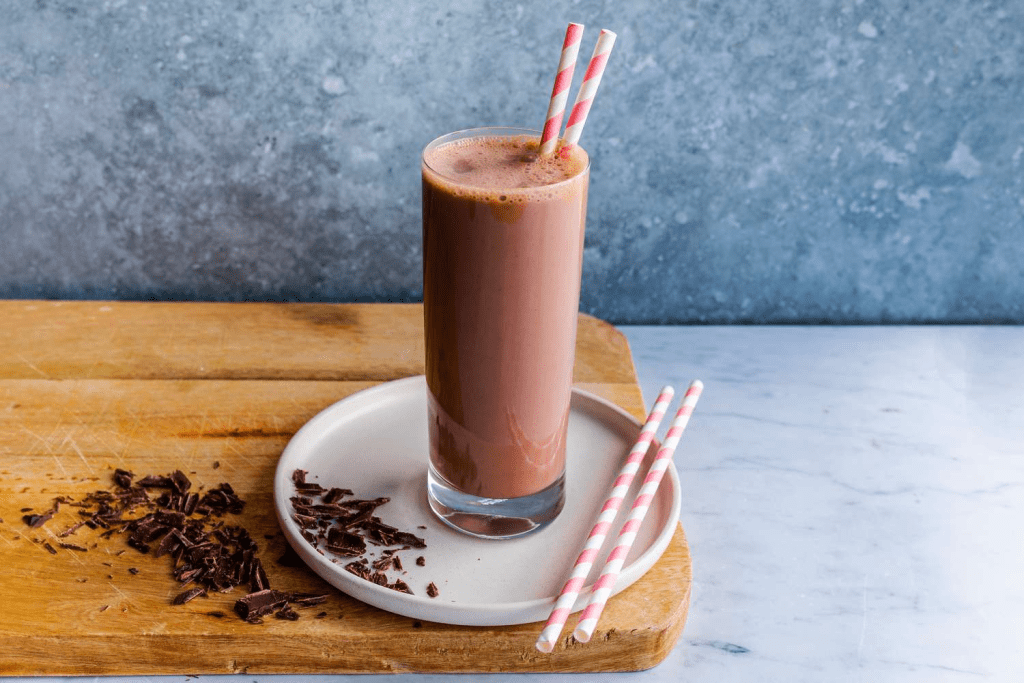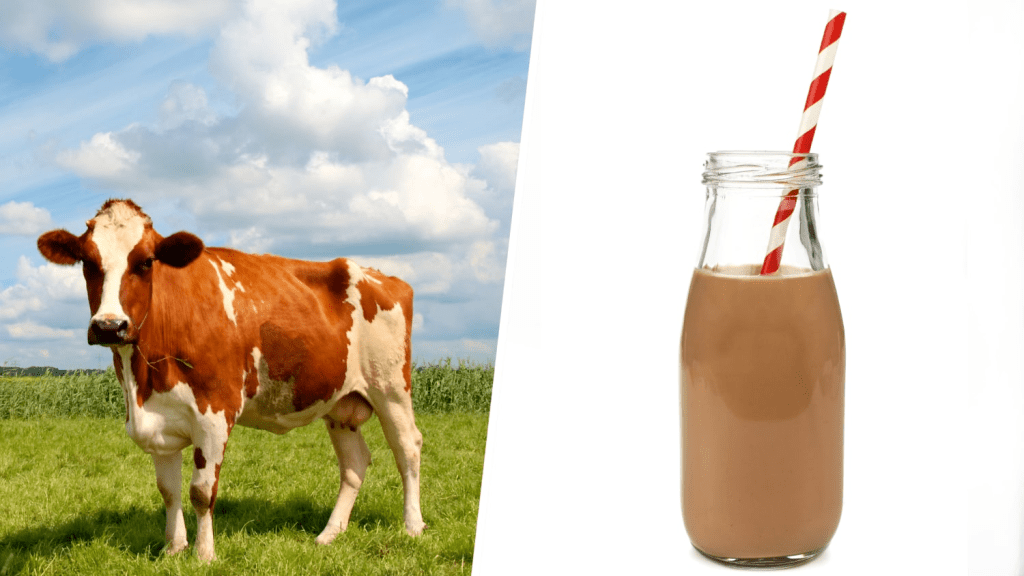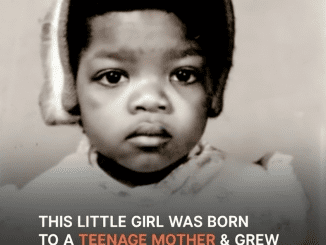You might have heard this mind-boggling statistic: 7% of American adults believe that chocolate milk comes from brown cows. While it sounds amusing, it also highlights a gap in understanding about where our food, particularly dairy products, originates. Let’s set the record straight once and for all and dive into the truth behind the beloved chocolate milk. Spoiler alert: it doesn’t come from brown cows!
Breaking the Myth: Chocolate Milk Comes from All Dairy Cows

First things first—chocolate milk does not come from brown cows. In fact, all dairy cows, regardless of their color, produce white milk. This includes the black-and-white Holstein cows, the brown Jersey cows, and every other breed on the farm. The process of making chocolate milk is simple: you start with plain white milk and mix it with cocoa and sugar.
Remember the days of stirring chocolate syrup into a cold glass of milk? That’s pretty much what happens on a larger scale when companies produce the chocolate milk you buy in stores. So, next time you pour yourself a glass, rest assured that the milk came from the same kind of cow that produces the white milk in your fridge.
Why Do People Believe Chocolate Milk Comes from Brown Cows?
So, where did this myth come from? It’s hard to say for sure, but there are a few theories. Many people may not know much about dairy farming and the different breeds of milk cows. In fact, a survey conducted by the Innovation Center for U.S. Dairy revealed that nearly half of the 1,000 American adults polled didn’t know where chocolate milk comes from. This disconnect shows how distant many people are from the food production process.
One possible source of confusion could be the different breeds of cows that people see. While Holstein cows are the most common dairy cows, known for their black-and-white spots, other breeds like Jersey, Brown Swiss, and Guernsey cows have brown or reddish-brown coats. Some people might assume that these brown cows produce chocolate milk because of their color. But again, all dairy cows—regardless of whether they are black, white, brown, or even red—produce white milk.
The Dairy Cow Breeds of America: A Quick Rundown
Now that we’ve debunked the myth, let’s take a look at the different breeds of dairy cows in the United States, so you can be better informed about what’s really happening on the farm:
- Holstein: These are the classic black-and-white spotted cows that make up about 90% of the dairy cows in the U.S. They are known for producing large quantities of milk.
- Jersey: These cows are smaller and have brown or fawn-colored coats. They produce milk that’s higher in butterfat, which makes it perfect for things like cheese and ice cream.
- Brown Swiss: Known for their brown or grayish coats, these cows are one of the oldest dairy breeds. They produce milk with a rich, creamy texture.
- Guernsey: These cows are a reddish-brown color with white markings. Their milk is high in beta-carotene, giving it a slightly golden hue.
- Ayrshire: These cows have reddish-brown and white markings. They are known for producing high-quality milk.
- Milking Shorthorn: These cows are versatile, often used for both dairy and meat production. They have a mix of red, white, and roan coats.
As you can see, while some breeds are brown, they all produce the same white milk.
How Is Chocolate Milk Made?

Now that we know chocolate milk doesn’t come straight from cows, how exactly is it made? The process is surprisingly simple. Chocolate milk is created by adding sugar and cocoa to plain white milk. Sometimes other flavorings or preservatives are included, depending on the brand. Here’s a step-by-step breakdown:
- Start with White Milk: This is the base for all flavored milks, including chocolate.
- Add Cocoa: Cocoa powder (or sometimes chocolate syrup) is mixed into the milk. The amount of cocoa can vary depending on how rich the flavor is meant to be.
- Sweeten It Up: Sugar is added to balance out the bitterness of the cocoa. Some brands use natural sweeteners, while others may use artificial ones.
- Blend Until Smooth: The mixture is stirred or blended until the chocolate is fully incorporated into the milk, resulting in the smooth, sweet drink we all love.
And that’s it! Chocolate milk is just white milk with a chocolate twist. Simple, right?
Why Does This Matter? Understanding Food Sources
It’s easy to laugh at the idea that some people believe chocolate milk comes from brown cows, but it also points to a larger issue. Many of us are increasingly disconnected from where our food comes from. With only about 2% of Americans actively working in farming, it’s not surprising that there’s confusion about what happens before food reaches the grocery store.
Understanding where food comes from is important for making informed choices. Whether it’s knowing how dairy is produced or understanding the differences between factory farming and local farming, being informed helps us appreciate the effort and processes that bring food to our tables.
The Importance of Dairy in Our Diet

Whether it’s chocolate, white, or any other flavored milk, dairy plays a crucial role in our diets. Milk provides nine essential nutrients, including:
- Calcium
- Vitamin D
- Potassium
- Phosphorus
- Protein
- Vitamin A
- Vitamin B12
- Riboflavin (B2)
- Niacin (B3)
These nutrients are vital for maintaining bone health, supporting muscle function, and keeping our immune systems strong. So whether you’re a fan of chocolate milk or stick to plain white milk, dairy can be an important part of a balanced diet.
Conclusion: Chocolate Milk’s True Origin
So, let’s put the myth to rest: chocolate milk does not come from brown cows, or any specific type of cow for that matter. All dairy cows, regardless of breed or color, produce the same white milk. The chocolatey goodness we enjoy comes from simply adding cocoa and sugar to plain milk, transforming it into the delicious drink we all love.
In a world where so few of us are connected to farming, it’s easy for misunderstandings about food sources to arise. But now, you know the truth—and next time someone asks where chocolate milk comes from, you’ll be ready to set the record straight!


